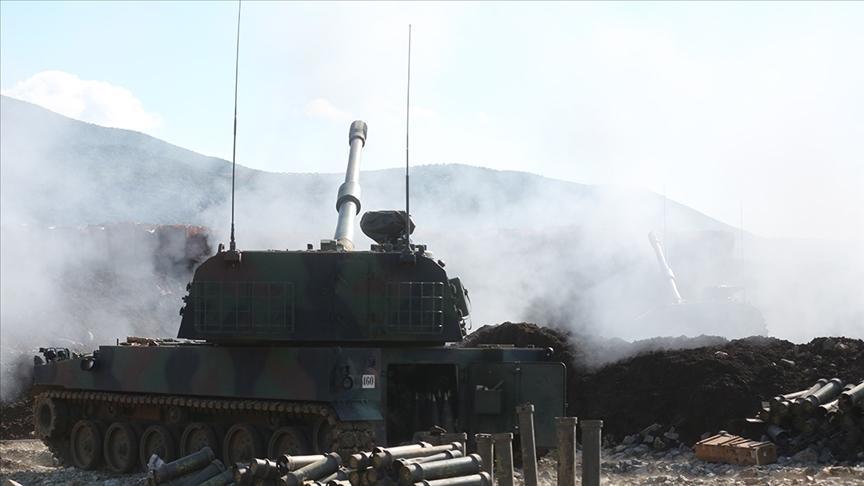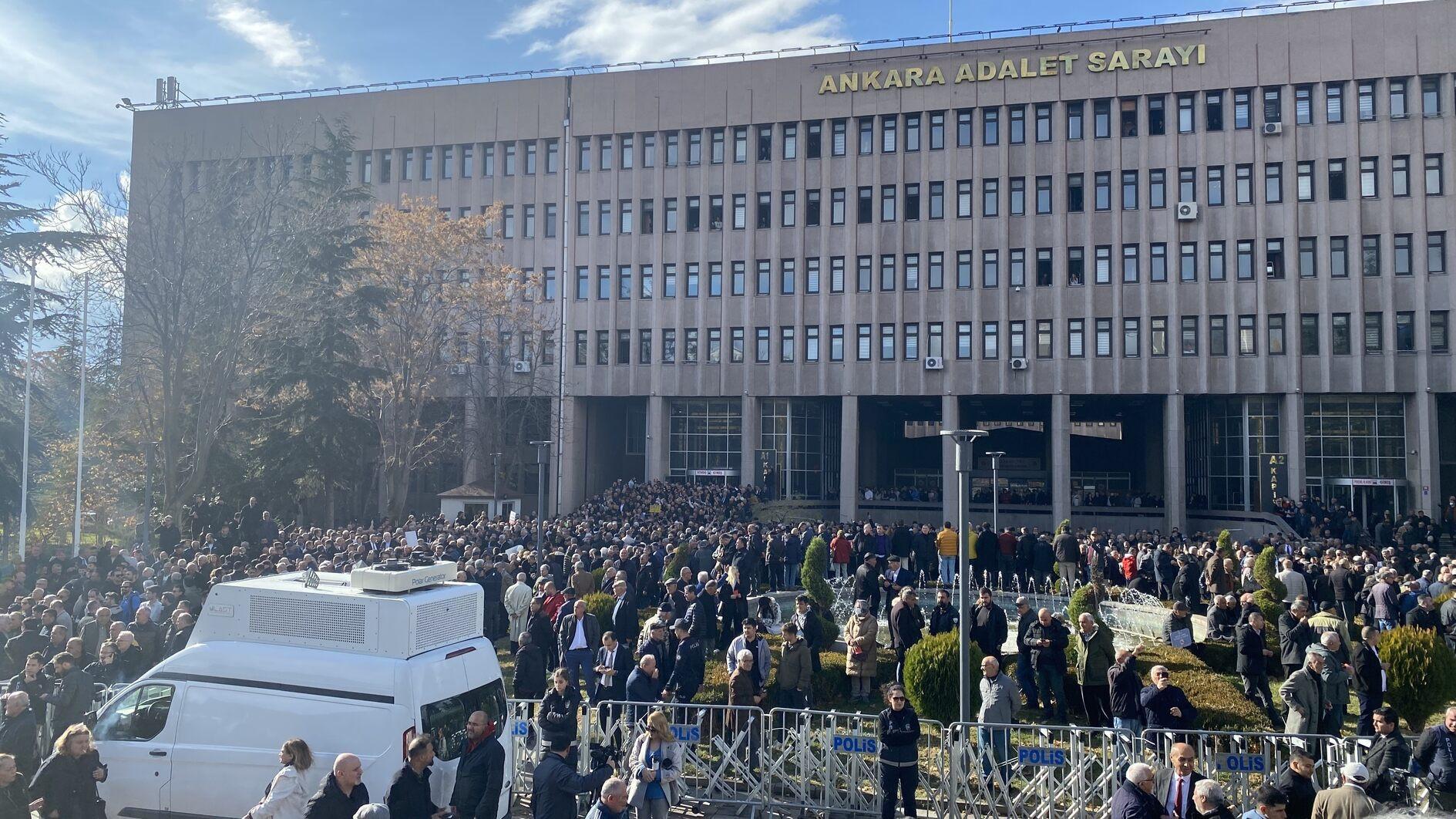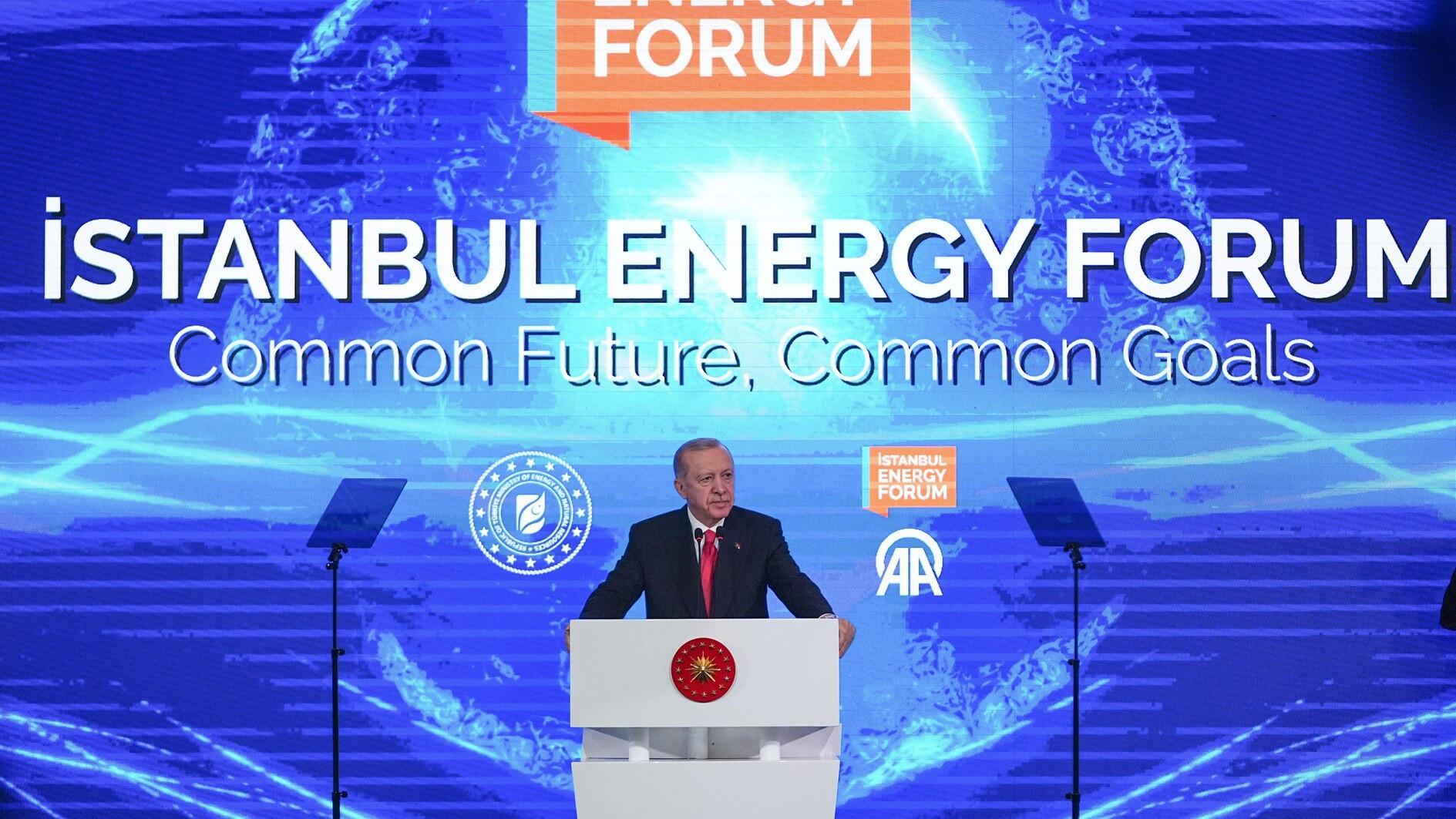Art scene suffers as bombers hit Iraq
BAGHDAD - Reuters

An Iraqi artist paints in his workshop at a gallery in Baghdad’s Karrada district. Most artists have moved to Iraqi Kurdistan or left Iraq completely.
In a compound ringed with barbed wire in Baghdad, a small group of Iraqi artists gather to sip tea and soft drinks in the shady patches of a walled garden.For artist Qasim Sabti, who runs the adjoining private gallery, the intimacy of the scene is familiar. Baghdad’s cultural community is dwindling and confining itself to refuges like this one as violence rises in the city, he said.
Baghdad was named the 2013 Arab Capital of Culture by the Arab League, but the worst wave of bombings in Iraq in five years is taking its toll on public activities of all kinds, especially in the capital.
“We were dreaming that the Arab festival would help Baghdad become a centre of Arab culture again. But the dream did not come true,” Sabti said.
Eighteen months since U.S. troops withdrew from Iraq, suicide attackers wearing explosives or planting bombs in cars have increasingly targeted public spaces such as cafes and sports events.
Sabti’s gallery now sees only one or two visitors a month in a district where there have been frequent bomb attacks.
Plans for the cultural capital festivities started more than two years ago during a time of relative calm when restaurant openings and concerts led to a revival in entertainment.
The government has held a few events this year, including concerts and exhibitions, but there has been little advertising and limited participation.
Limited public space
Down the road from Sabti’s gallery, at Baghdad’s Academy of Fine Arts, student filmmaker Omar Yaseen talks about how limited public space has restricted his work. “The roads are blocked, blast walls are back in the street and this means that there is a shrinking of space in the capital,” the 22-year-old said in the fortified campus garden.
Gallery owners and art collectors in the region say some of the most exciting contemporary pieces in the Middle East come from Iraqi artists, such as Hanaa Malallah or Halim al-Karim, but most are working abroad in Europe or the United States.
The Baghdad-based Society of Plastic Artists, a non-governmental group, has only 1,200 members left compared to the 4,000 it had 10 years ago, artist Sabti said. Many members have moved to Iraqi Kurdistan or left Iraq completely.
















